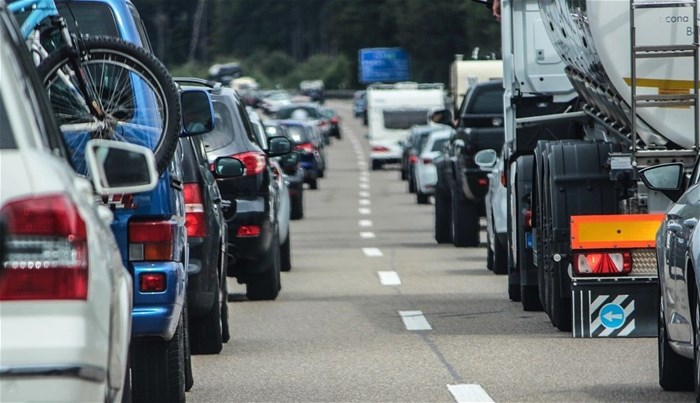
Top stories



Marketing & MediaThe Carling Black Label Cup and the campaign that changed fan engagement
Caxton Media 14 hours



More news






ESG & Sustainability
Kumba Iron Ore champions inclusivity with donation to neurodiverse learners






During the interactive visit, the ETC executive team provided interesting insights and facts in relation to the role of technology in combating traffic congestion, the future state of roads in the province and the positive impact the expanded road network has had on road traffic and economic stimulation in Gauteng.
Guests were afforded the opportunity to witness the live, hi-tech traffic monitoring centre in action, inspect the impressive data centre and see the inner workings of the Violations Processing Centre (VPC).
E-toll emergency support vehicles and mobile registration units were on site to give invited guests a better understanding of the capabilities of the support services provided to motorists utilising the toll road network.
Understanding traffic congestion
Coenie Vermaak, CEO of the ETC, presented an in-depth view on ‘The Future of Gauteng’s Traffic and How We Can Change It’, explaining the company’s role in improving traffic congestion.
“Road users spend, on average, 3 to 4 hours between their workplace and their home. This is time spent on the roads, in traffic – decreasing productivity and essentially impacting outputs of various functions in the province.” According to Vermaak, traffic congestion is costing the country around R7bn annually.
Vermaak stressed the need for the province to continue with road infrastructure projects in order for it to remain the economic powerhouse of Africa. “Road infrastructure is instrumental in maintaining this,” he said.
Vermaak said there had been a marked decrease in the use of public transport in Gauteng since the mid-90s, while private vehicle ownership doubled. He said some 220 cars were added to the live vehicle network population every single day in Gauteng.
He explained that the average speed on the N1 between Johannesburg and Pretoria was expected to decrease from an average 47km/h today to an average 29km/h by 2037 if no further investments in road infrastructure were made.
Vermaak argued that the solution to Gauteng traffic congestion was the continuation of the multi-phase Gauteng Freeway Improvement Project (GFIP), which would provide sustainable freeway development. The next two phases of the GFIP could also create around 70 000 new job opportunities.
Vermaak indicated that new highways totalling 158km needed to be built to alleviate congestion on the roads and create economic investment in areas that are not seeing capital injection, like the South of Johannesburg and outskirts of Soweto. This phase would include connecting Soweto to Roodepoort and redirecting traffic congestion of the heavily used Gillooly's interchange.
“Roads solve socio-economic challenges and create economic growth,” he continued. “They also attract investors, which South Africa is in desperate need of right now.”
According to Vermaak, the first phase of the GFIP resulted in R100bn worth of investment in Lynwood Manor in Pretoria and another R16-billion of investment around the Allandale interchange in Midrand, Johannesburg. There is visible property and lifestyle developments in this area, which emerged soon after the construction and completion of the first phase.
Vermaak concluded by saying the ETC was actively looking at ways to make e-toll compliance easier. The company, he said, had an open-door policy and was actively looking for problem-solvers instead of critics. “It is time to invest in our futures,” he said.